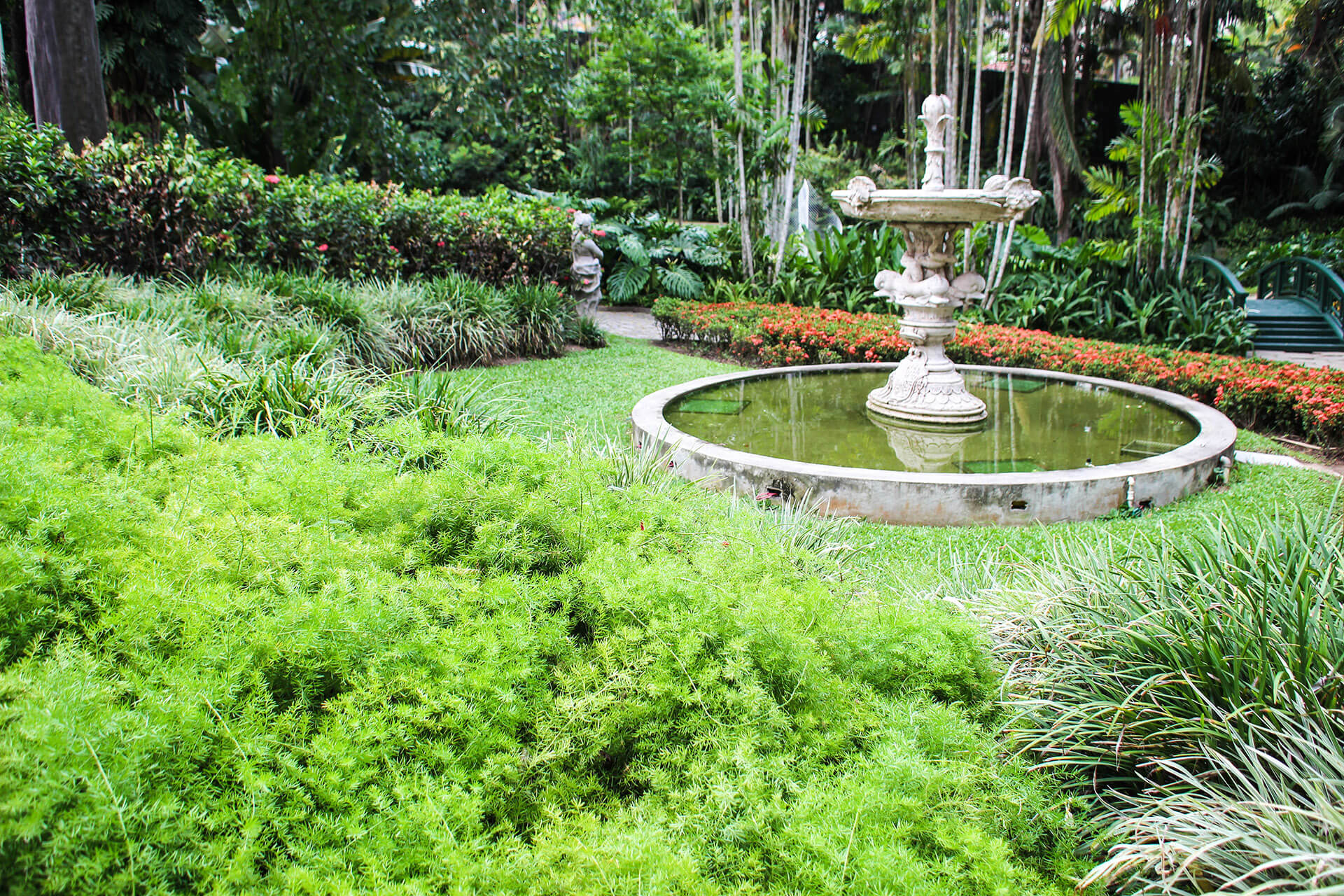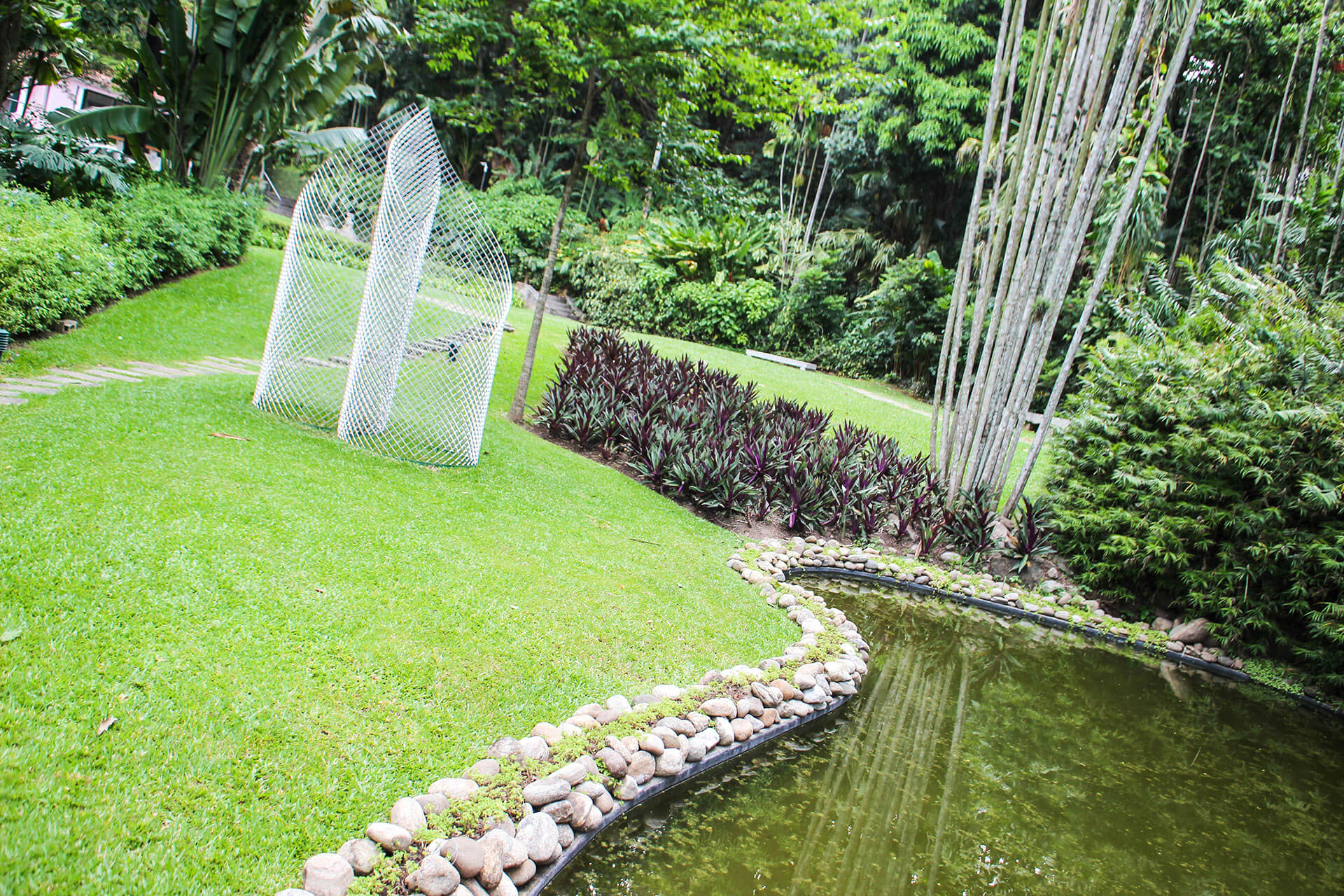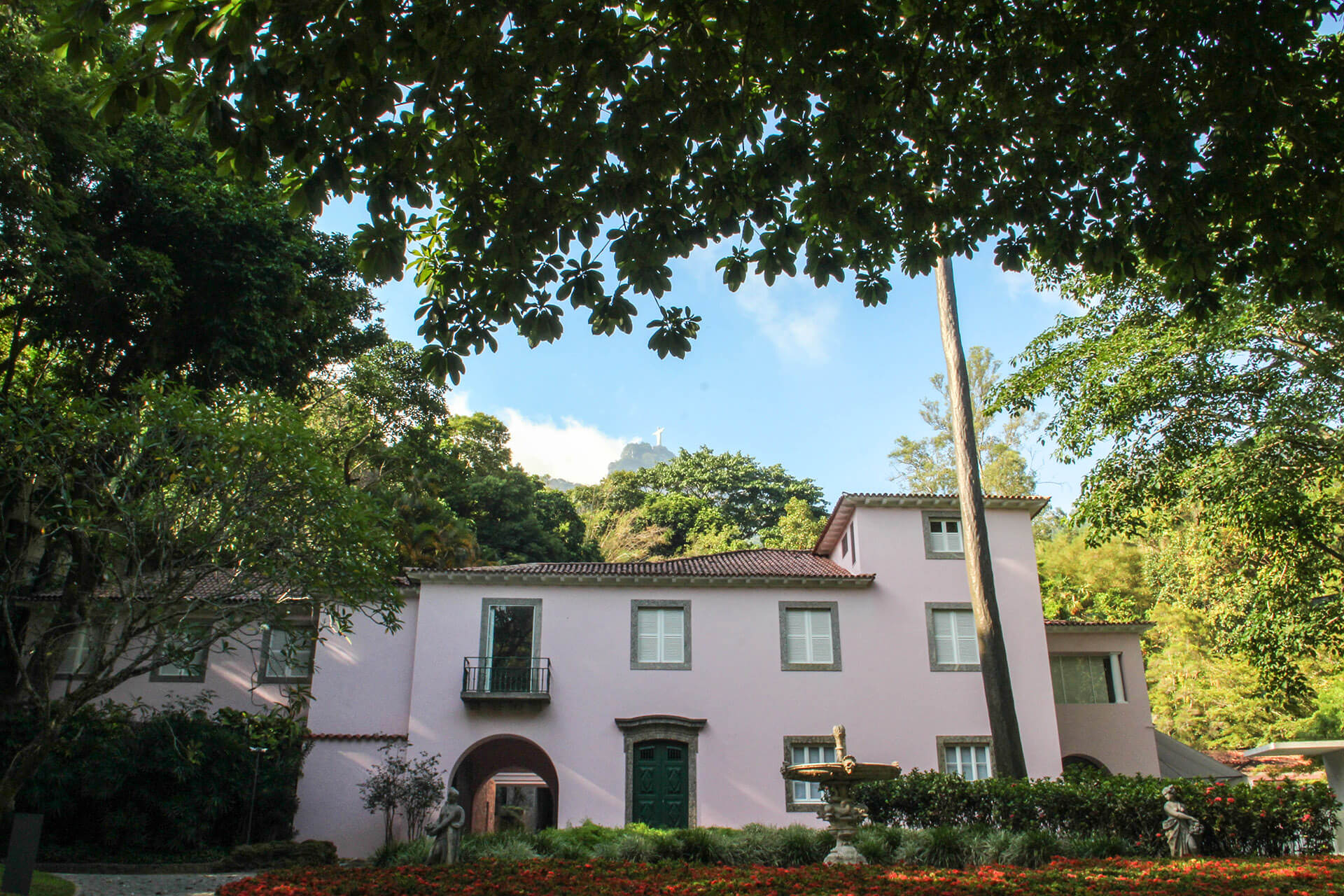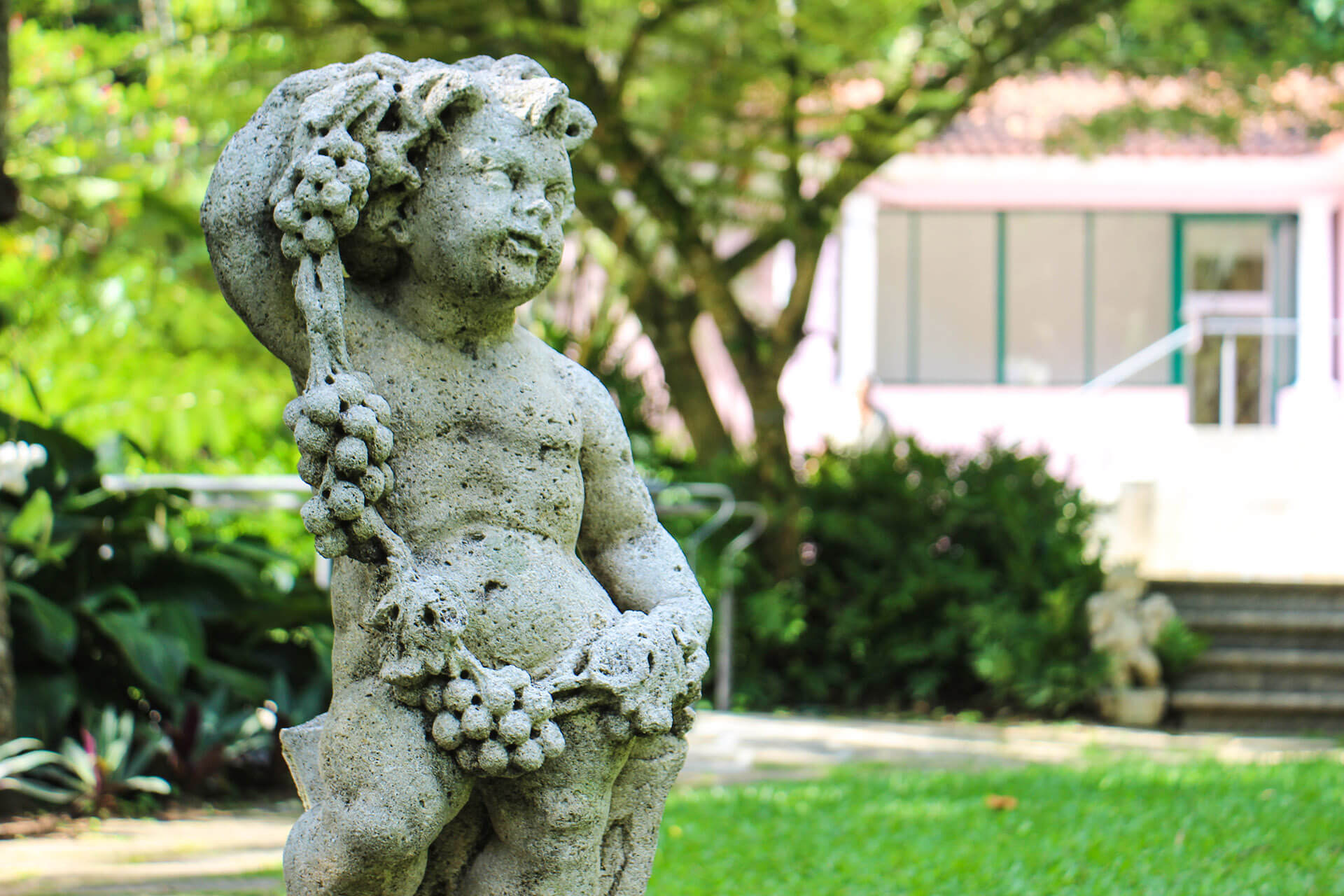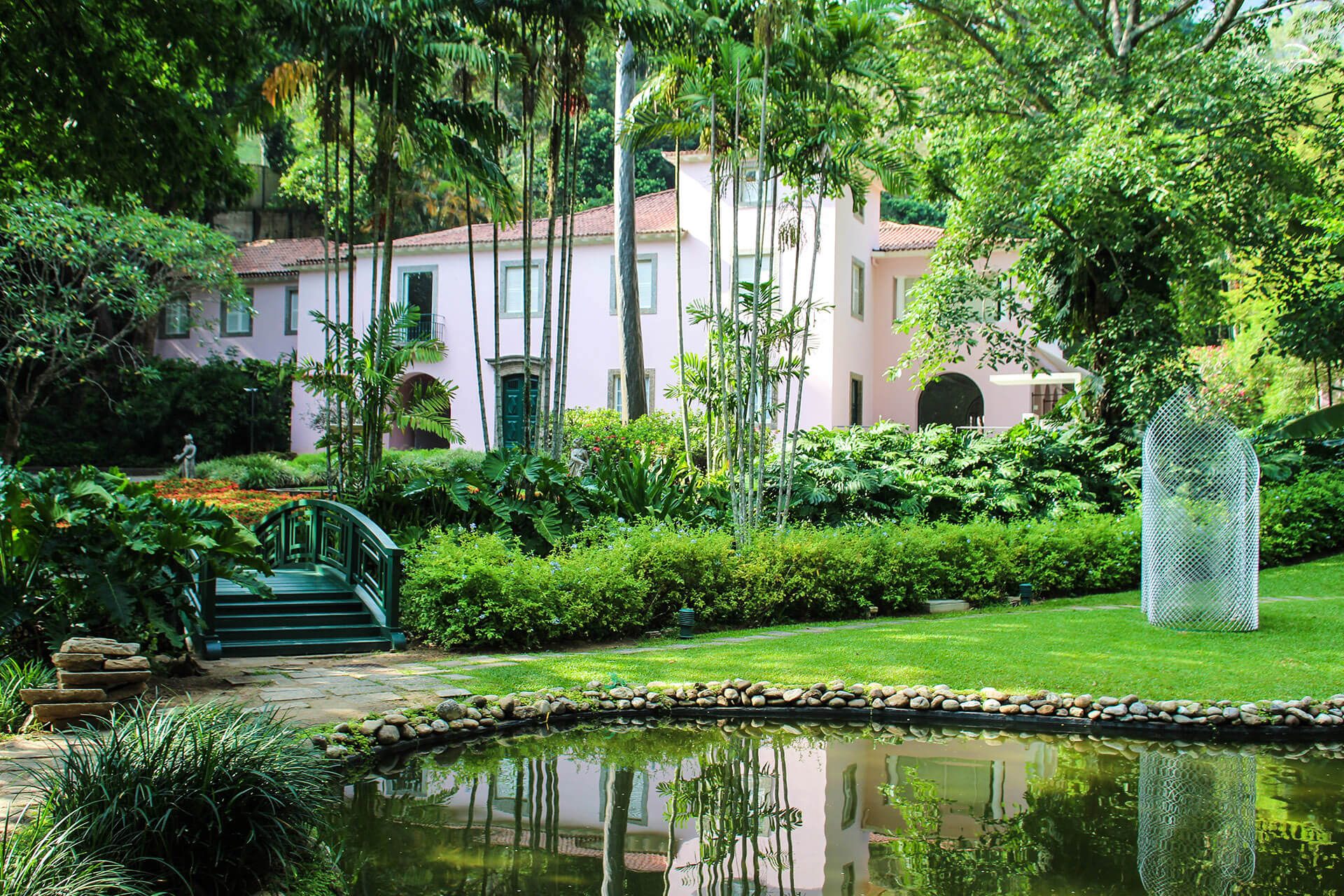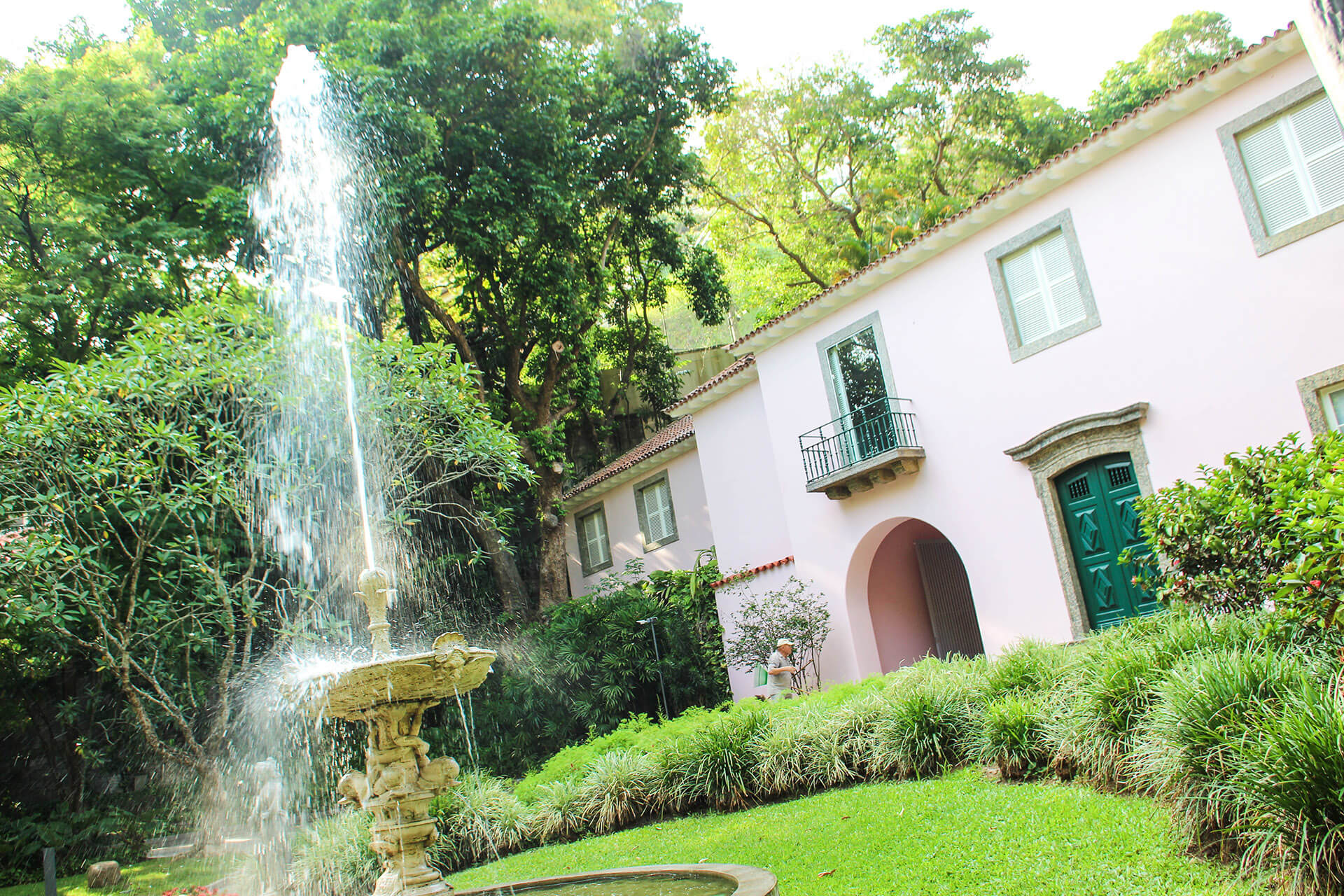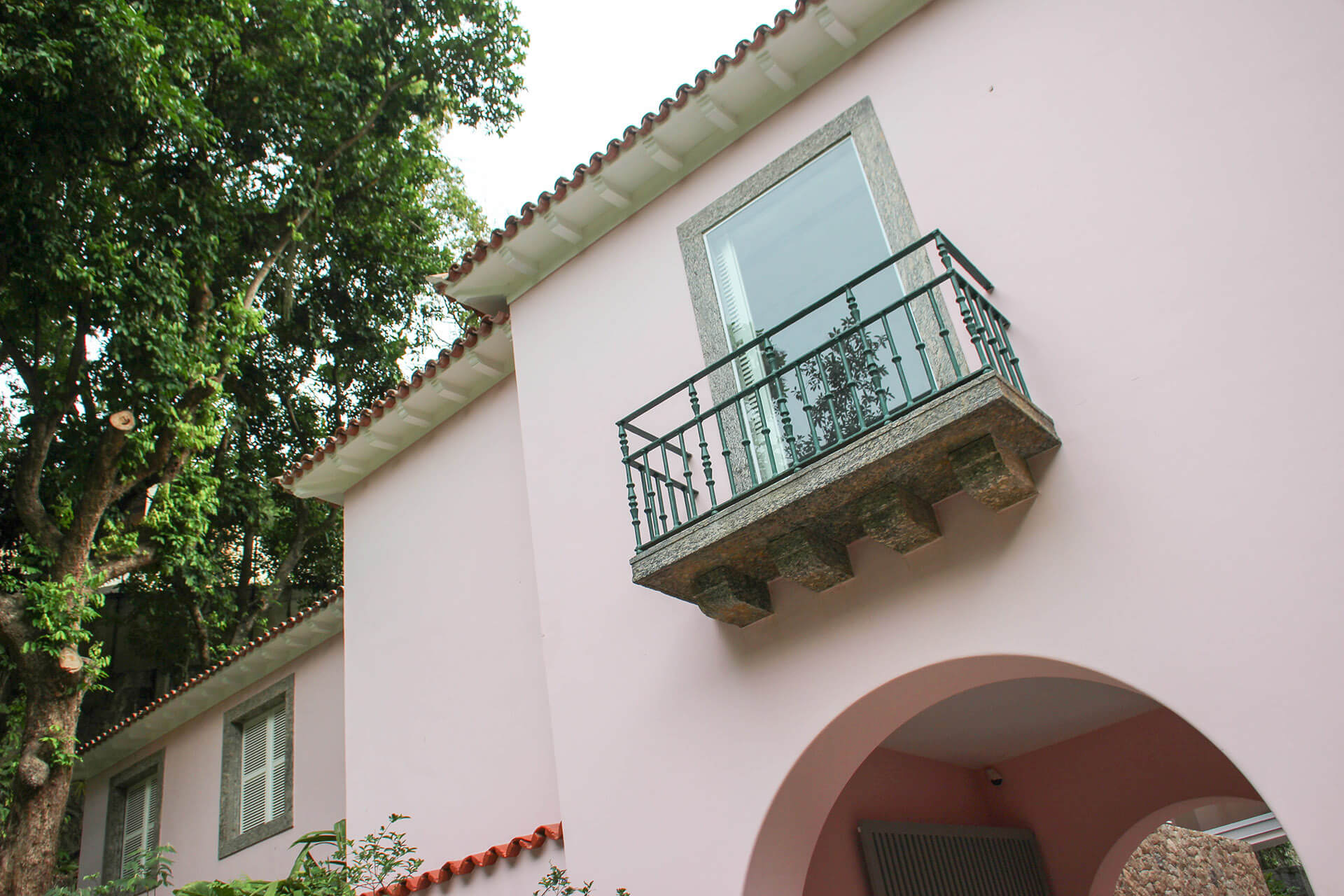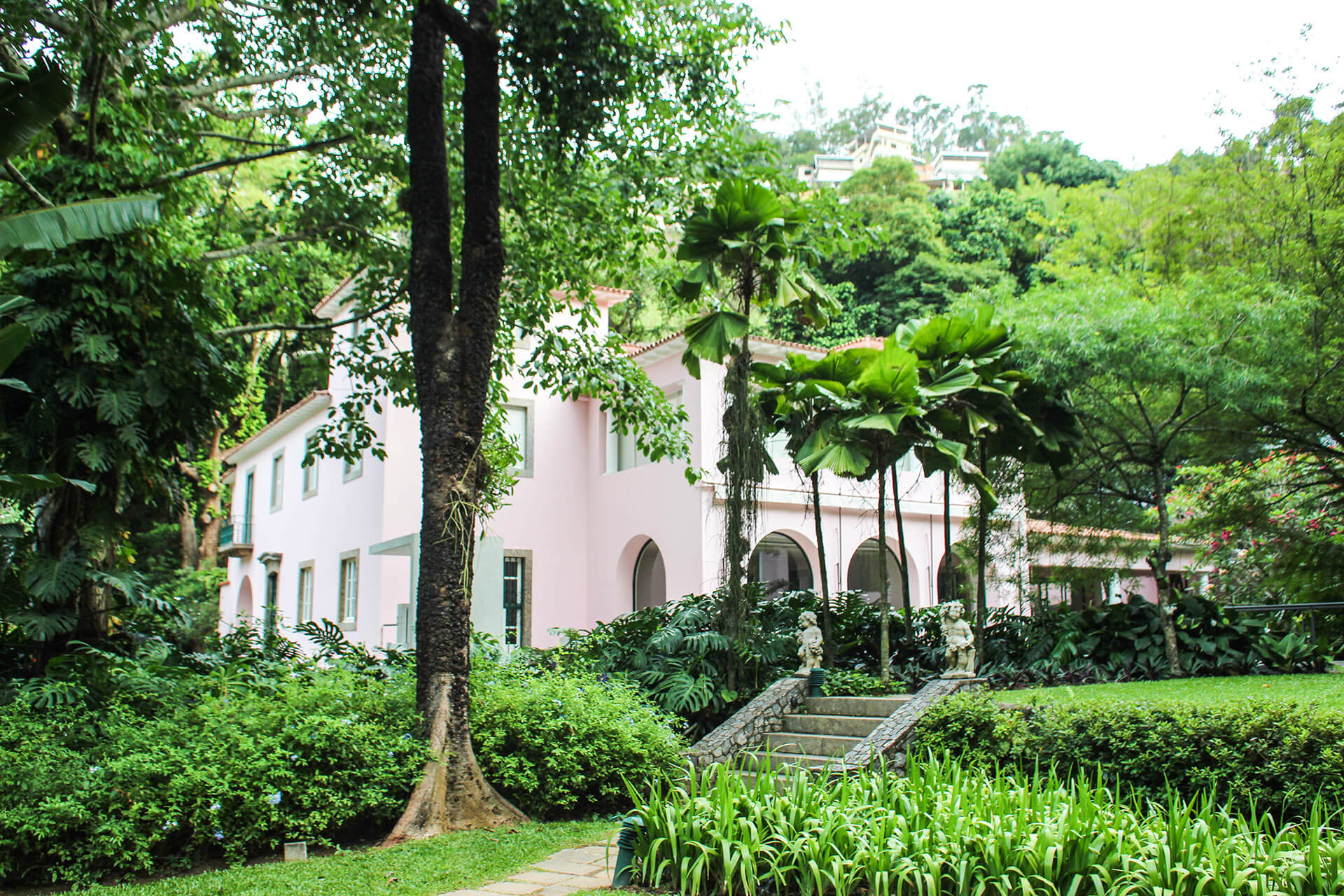Art in the Garden
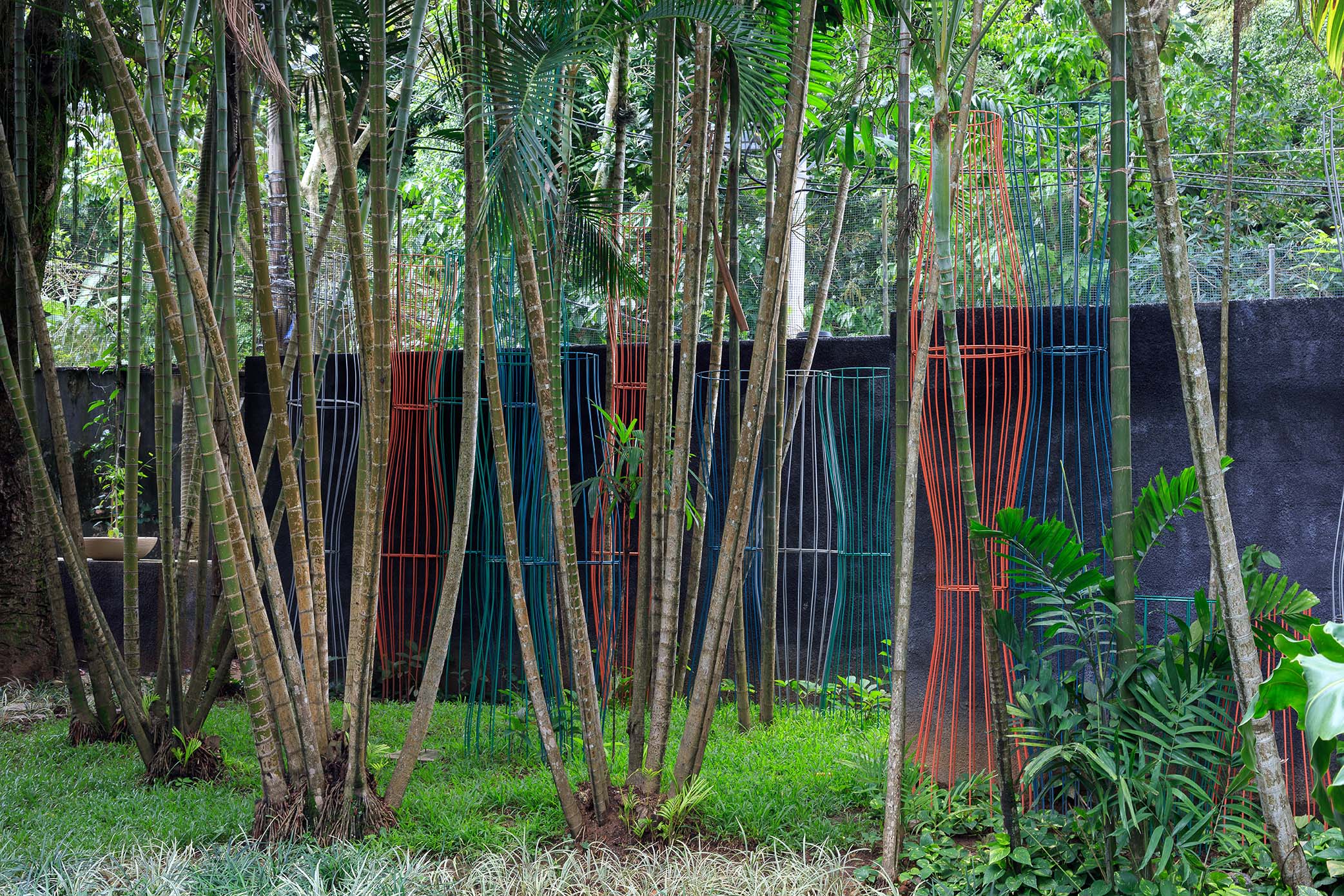
CARLOS VERGARA
Sem título, instalação colunas, 2018
Estruturas metálicas com pintura automotiva Site specific
Untitled, Columns instalation, 2018
Metallic structures and automotive painting Site specific

ASCÂNIO MMM
Flexos 6.2, 2007-2024
Alumínio e arame inox I Aluminum and stainless steel wire
349 x 124 x 248 cm
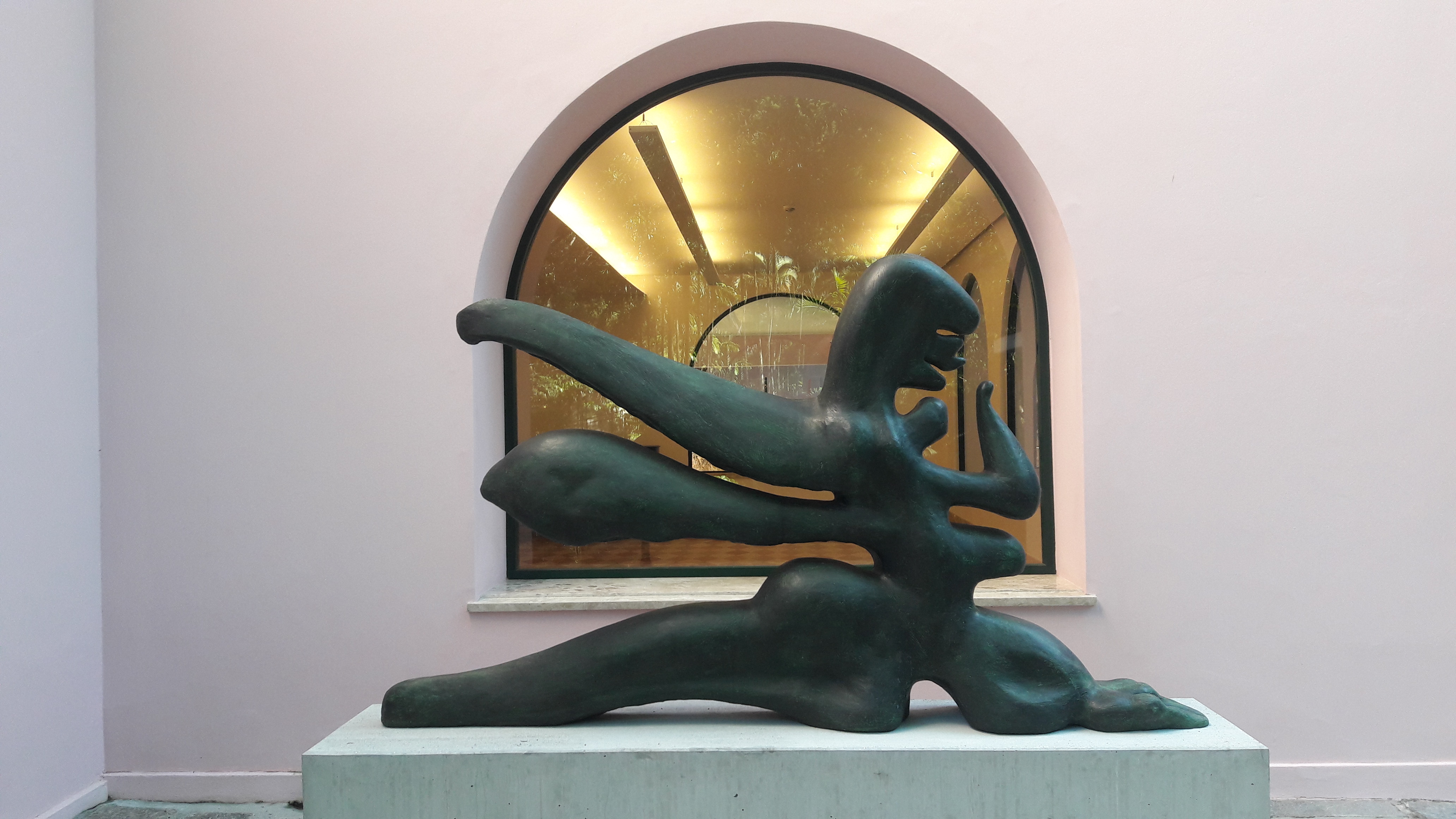
MARIA MARTINS
O Implacável I The Implacable, 1944
Bronze I Bronze
132 x 234 x 34cm
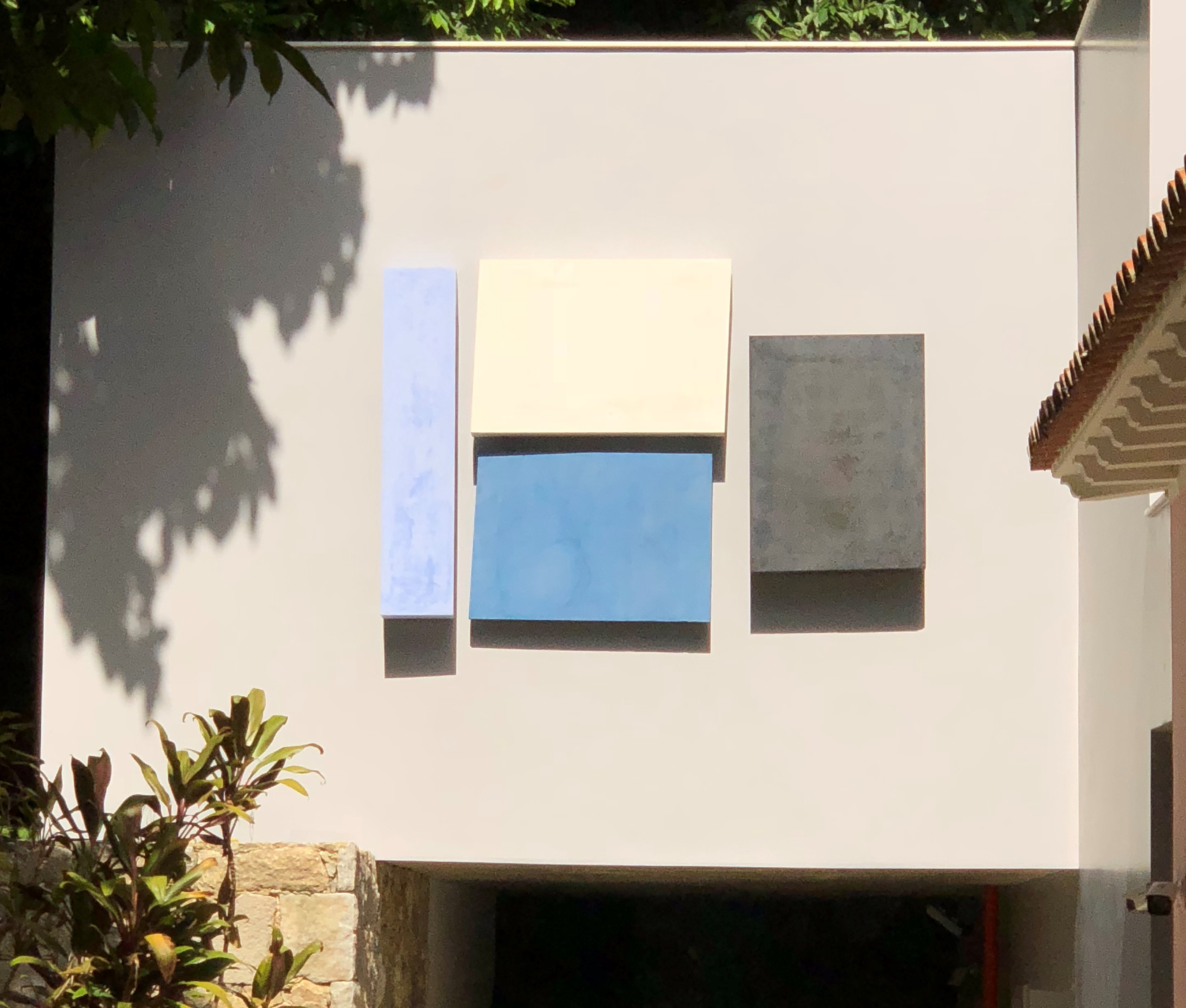
ELIZABETH JOBIM
Concretos I Concretes, 2018
Cimento pigmentado I Pigmented cement
160 x 230 cm
Executado pela Tempore, empresa responsável pelas obras da Casa Roberto Marinho | Executed by Tempore, the company responsible for the works at Casa Roberto Marinho
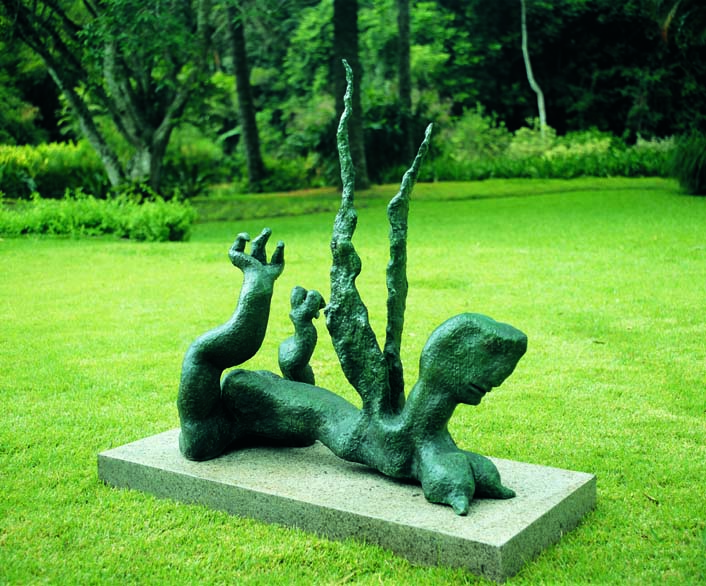
MARIA MARTINS
Glebe-ailes, 1944
Bronze I Bronze
126 x 115 x 43 cm

CARLOS VERGARA
Série Natureza Inventada (Sem título), 2013
Aço corten | Corten Steel
250 x 250 x 150 cm

ASCÂNIO MMM
Prisma 13, 2024
Alumínio e parafusos | Aluminum and screws
346 x 609 x 86 cm

BRUNO GIORGI
Pássaro, 1969
Mármore Carrara | Carrara Marble
78 x 75 x 72 cm
House
Where the neocolonial architecture meets the forest
The house, located in the neighborhood of Cosme Velho, began to be built in 1939 by engineer César Melo Cunha, assistant to Joseph Gire, renowned architect that also designed the Copacabana Palace Hotel.
The ancient Solar de Megaípe, an iconic 17th century Pernambuco’s farm, inspired its architecture. The house was inaugurated in 1943, and for 60 years it held concerts, plays, as well as literary and art events.
The institute Casa Roberto Marinho will be an open space for art exhibitions, lectures and educational activities.
Garden
Designed by great Brazilian landscape architects
The garden is an essential part of the house. At the foot of the Tijuca Forest, Burle Marx's garden was one of the first to be made by him with tropical plants for a private property.
With native species of the Atlantic Forest, the landscaping initially also counted with a project by Attílio Corrêa Lima and in the 1990s Isabel Duprat carried out a remodeling of the garden recovering the original ideas of Burle Marx.
The project preserved the surrounding forest, the brook that ran through the garden and the lake where the journalist grew carps.
Roberto Marinho com sua irmã Hilda e seu irmão Ricardo em frente a uma de suas paixões, a obra Santa Cecília (1954), de Portinari.
The Collection
The artworks were acquired over 60 years featuring an important collection of Brazilian Modernism and Informal Abstractionism.
Roberto Marinho’s private collection, including paintings, prints and sculptures, began with a bet on artists of his generation, such as José Pancetti, Alberto da Veiga Guignard and Candido Portinari.
There are also works by Di Cavalcanti, Nery, Segall, Dacosta, Tarsila, Burle Marx and Djanira. As well as Iberê Camargo, Antonio Bandeira, Tomie Ohtake and Manabu Mabe.
Past happenings at the House
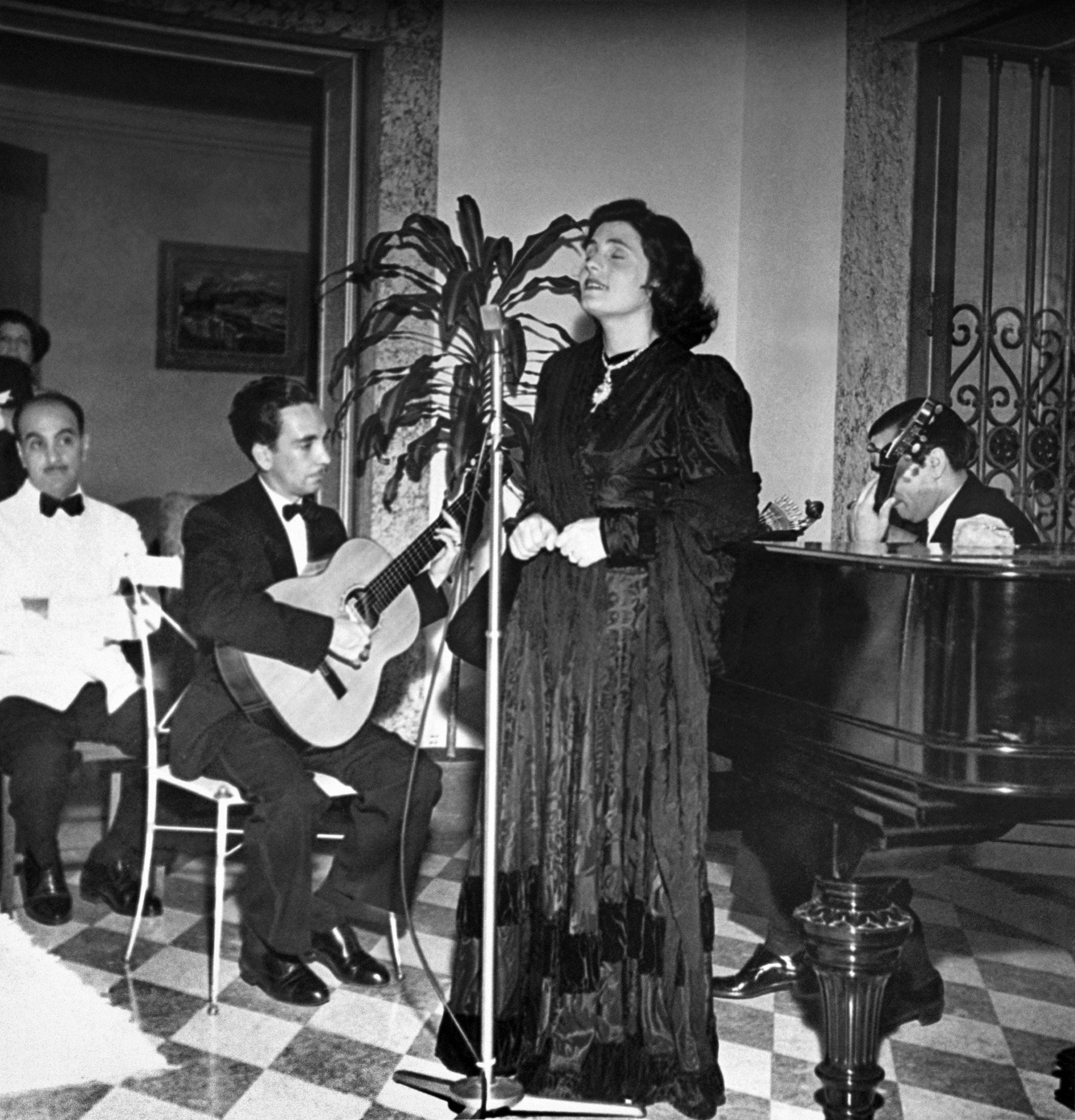
Amália Rodrigues singing at a reception in Cosme Velho, in the 1940s.
Revista Rio (Acervo Roberto Marinho / TV Globo)
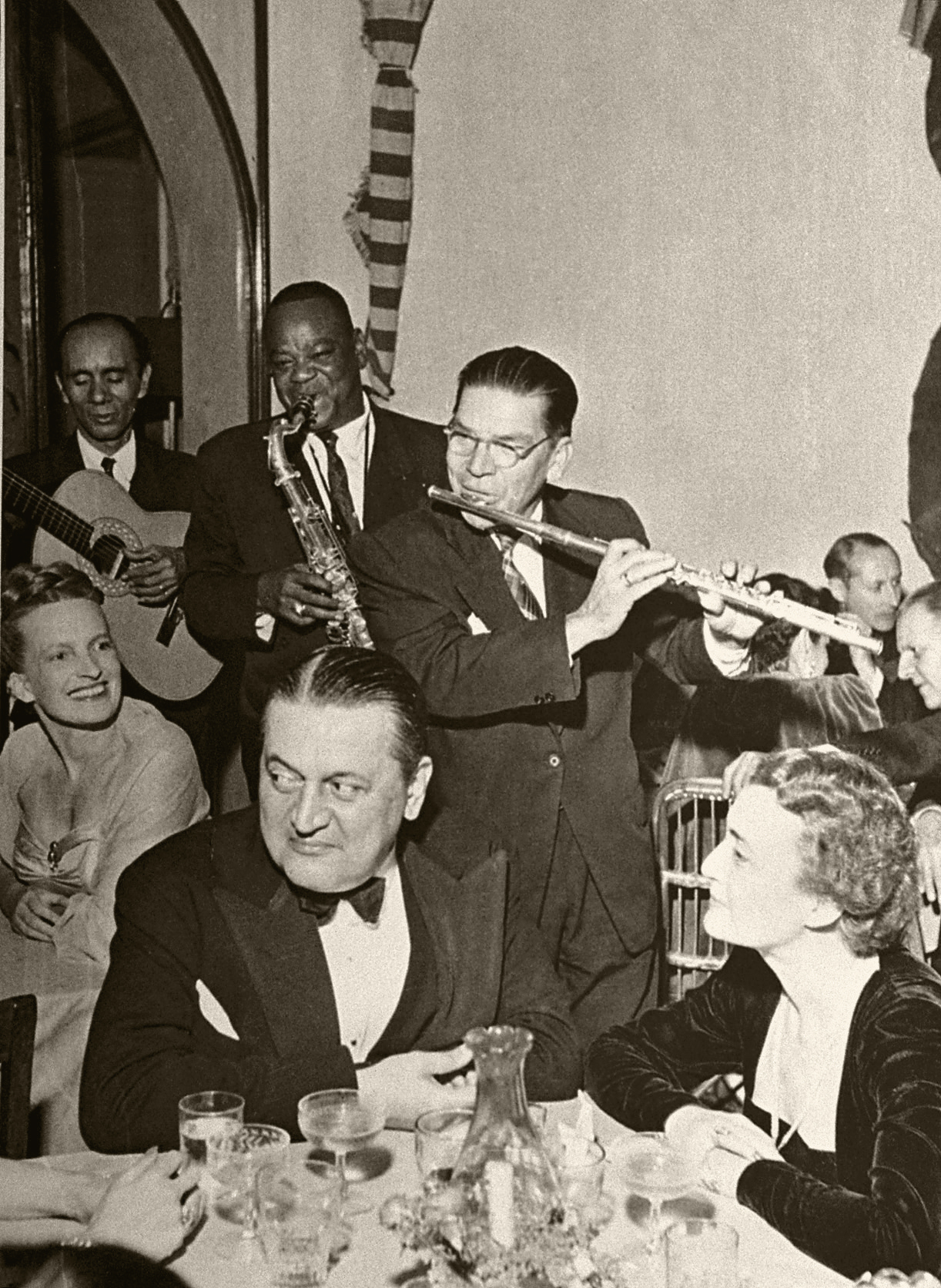
The musicians Meira, Pixinguinha and Benedito Lacerda perform at a dinner for the French actor Jean-Louis Barrault, 1950.
Revista Rio (Acervo Roberto Marinho / TV Globo)
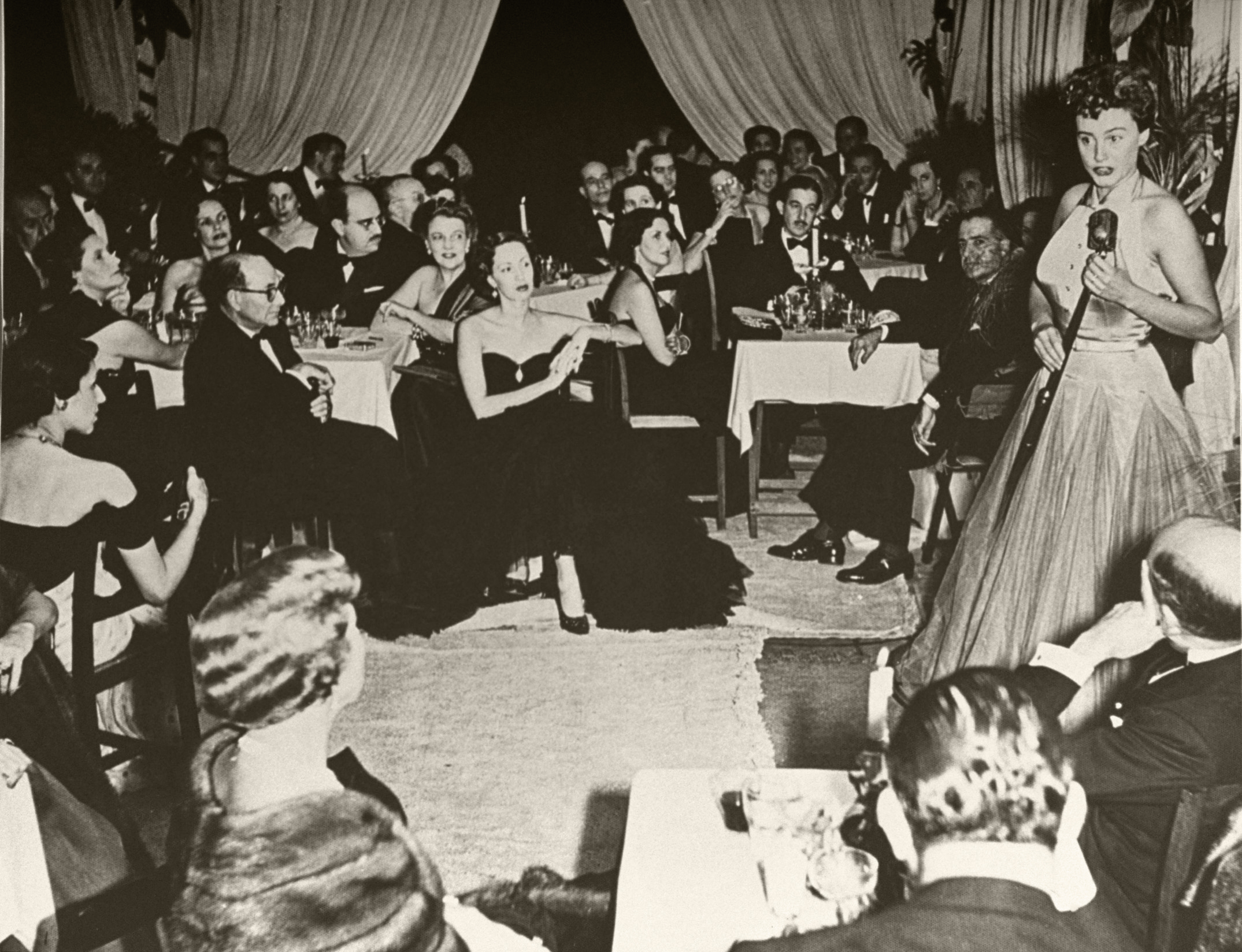
The French singer and actress Dany Dauberson performing at a reception in Cosme Velho, 1951.
Revista Rio (Acervo Roberto Marinho / TV Globo)
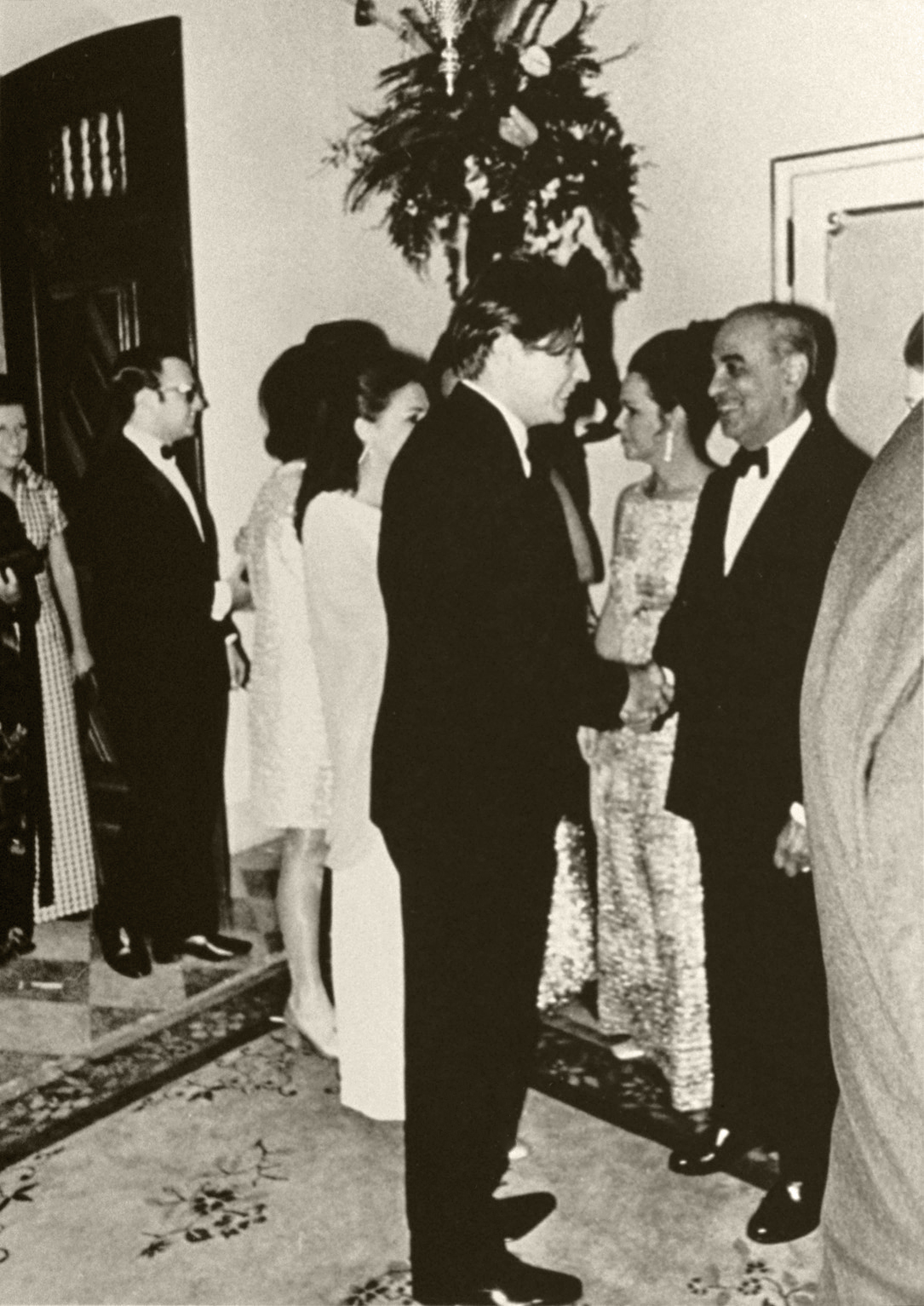
Tom Jobim and Roberto Marinho at a party in honor of the Festival Internacional da Canção, 1968.
Revista Rio (Acervo Roberto Marinho / TV Globo)
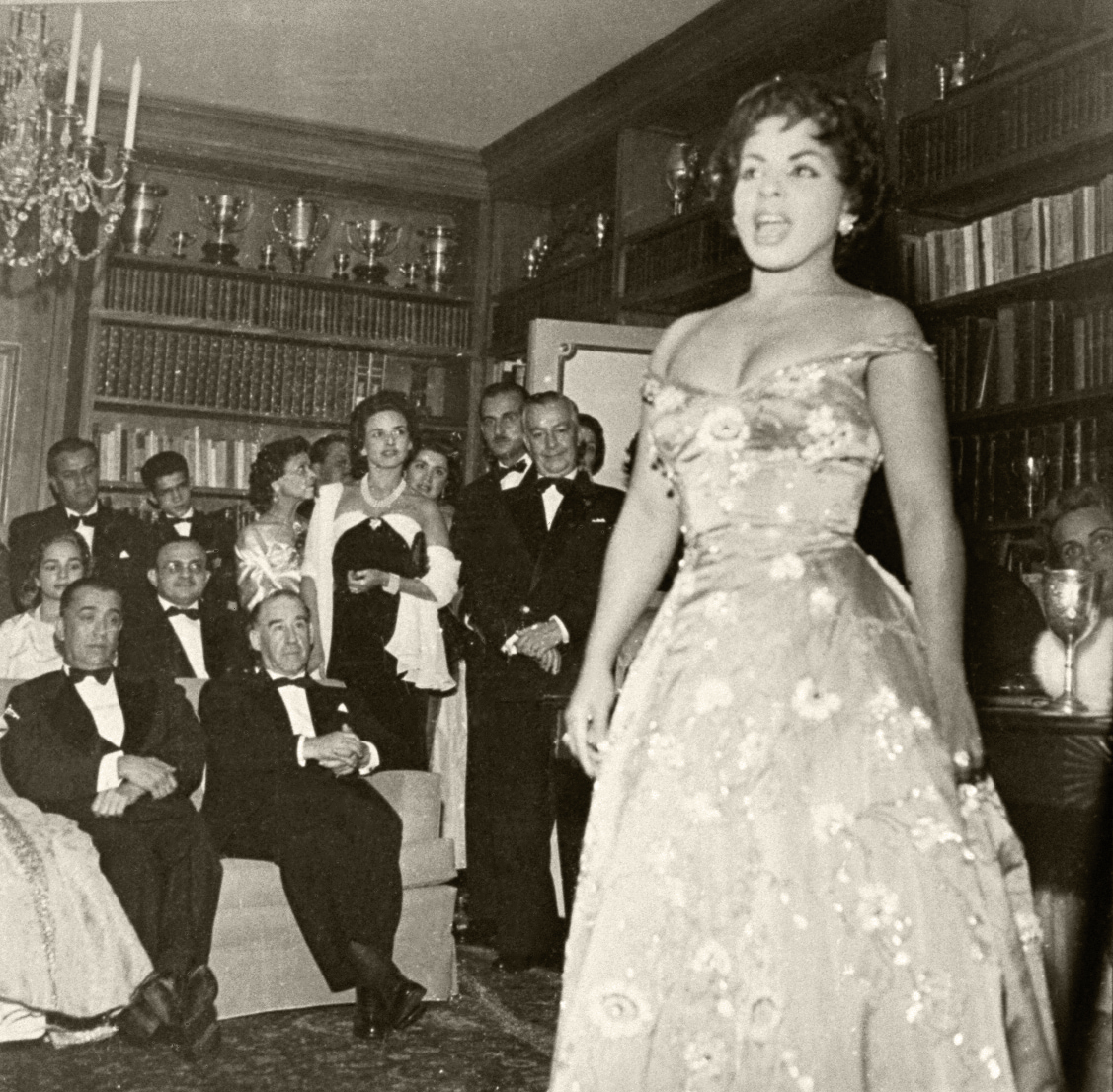
Ângela Maria singing in a reception, 1957.
Revista Rio (Acervo Roberto Marinho / TV Globo)
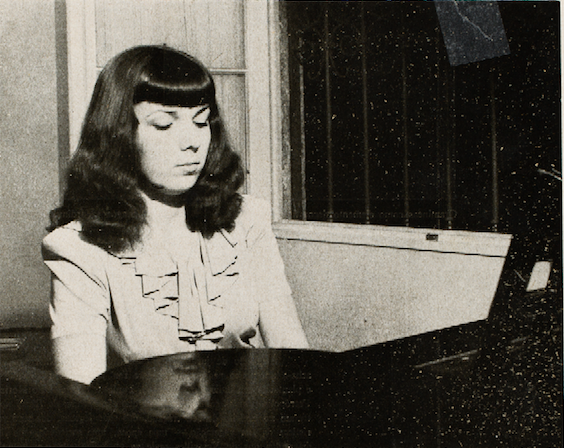
The talented pianist Vilma Graça during a small concert for guests, 1948.
Revista Rio (Acervo Roberto Marinho / TV Globo)
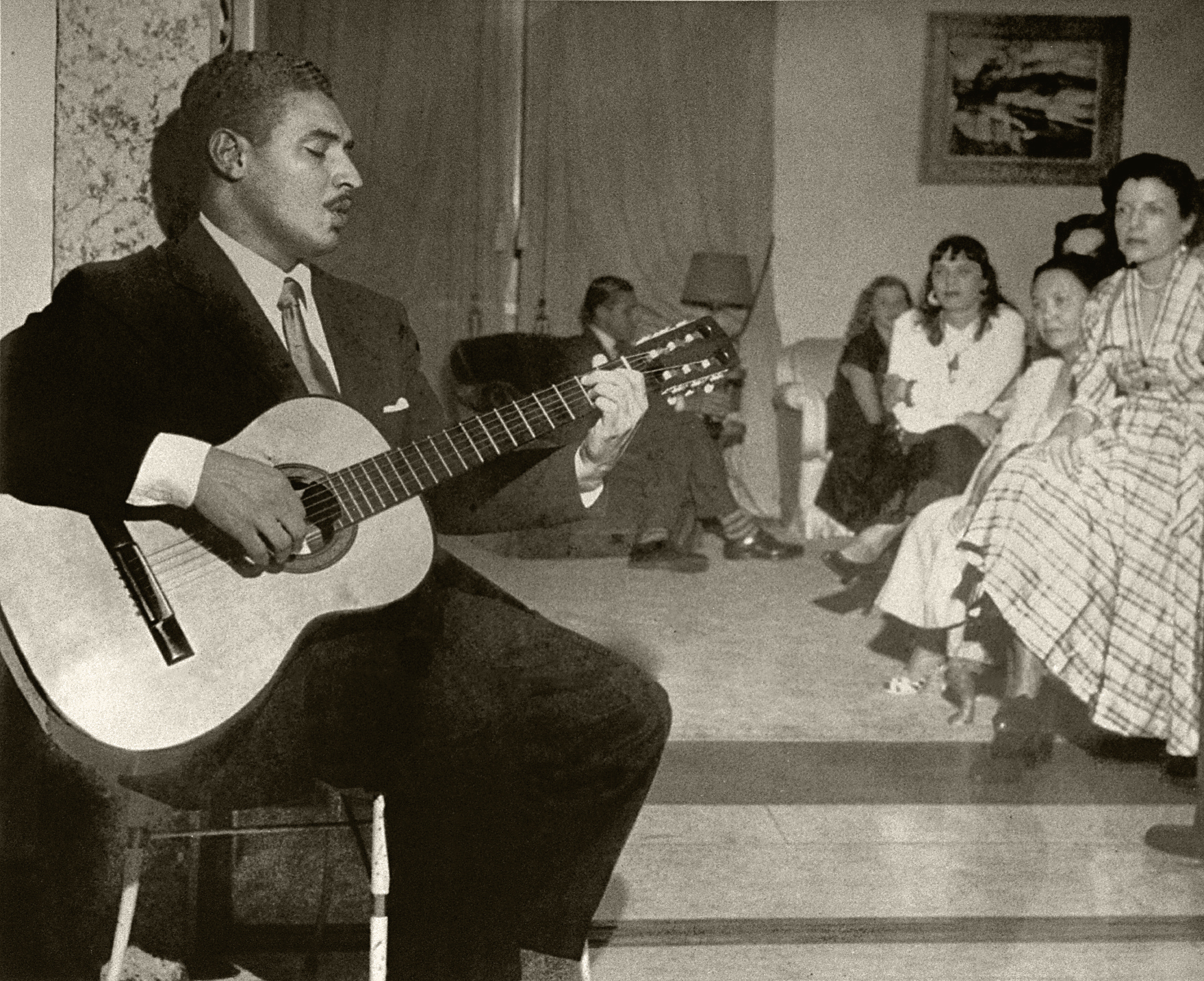
Composer Dorival Caymmi performing at a reception in Cosme Velho, 1948.
Revista Rio (Acervo Roberto Marinho / TV Globo)
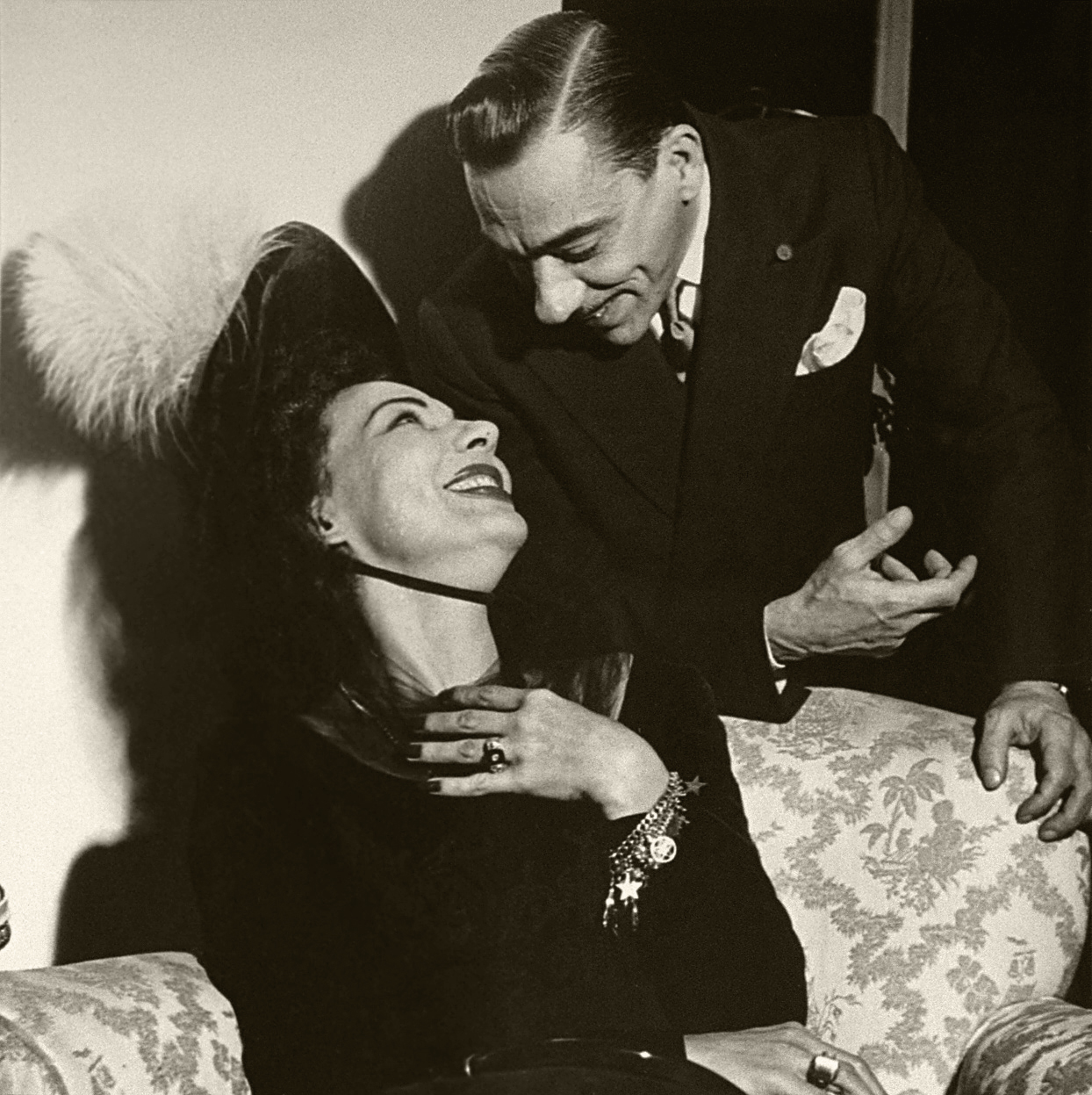
Actors Dulcina de Moraes and Procópio Ferreira at a reception in Cosme Velho with a performance by Dorival Caymmi, 1948.
Revista Rio (Acervo Roberto Marinho / TV Globo)
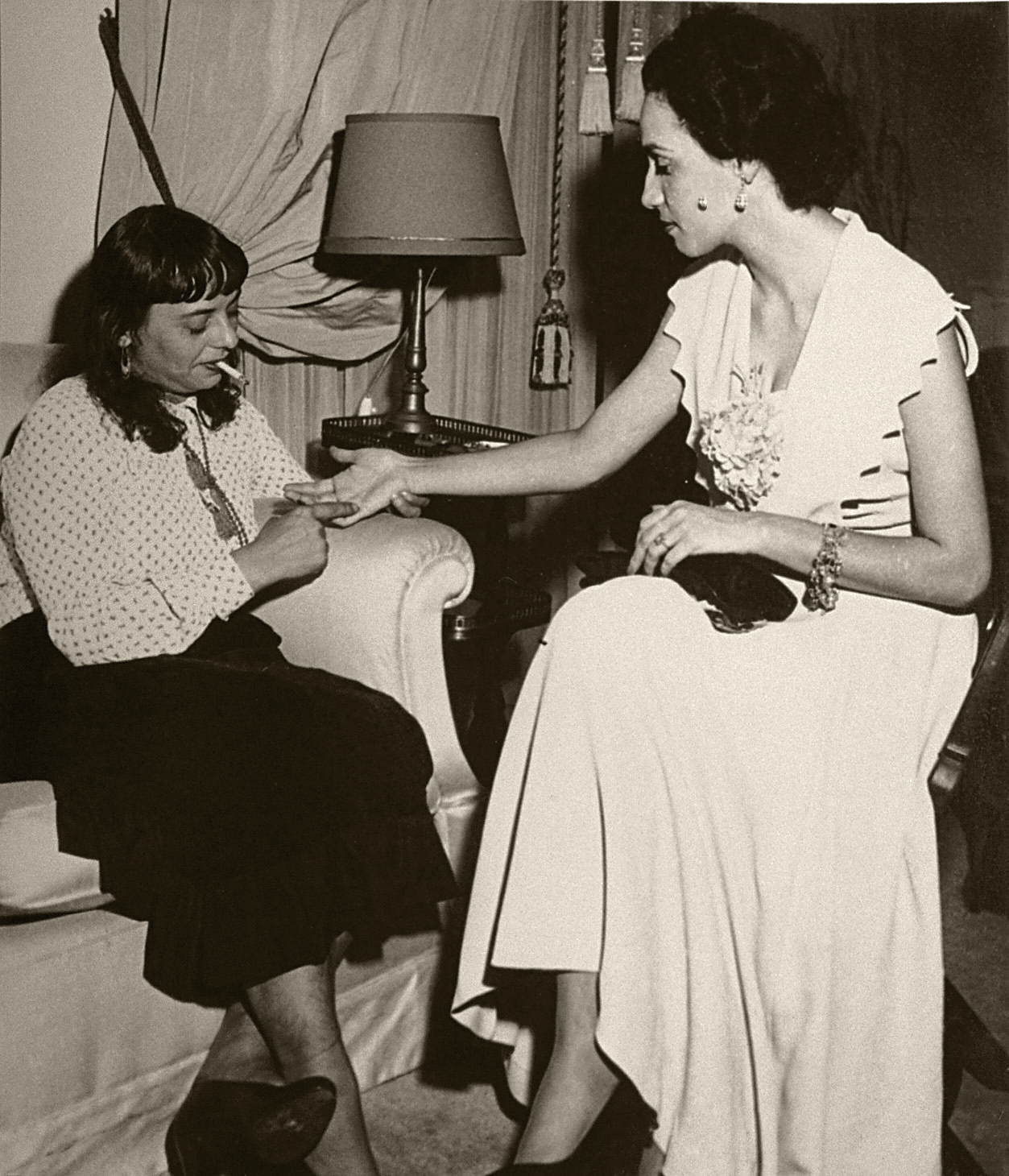
Djanira reads Glorinha Lins do Rego’s palm during the party in Cosme Velho with a performance by Dorival Caymmi, 1948.
Revista Rio (Acervo Roberto Marinho / TV Globo)
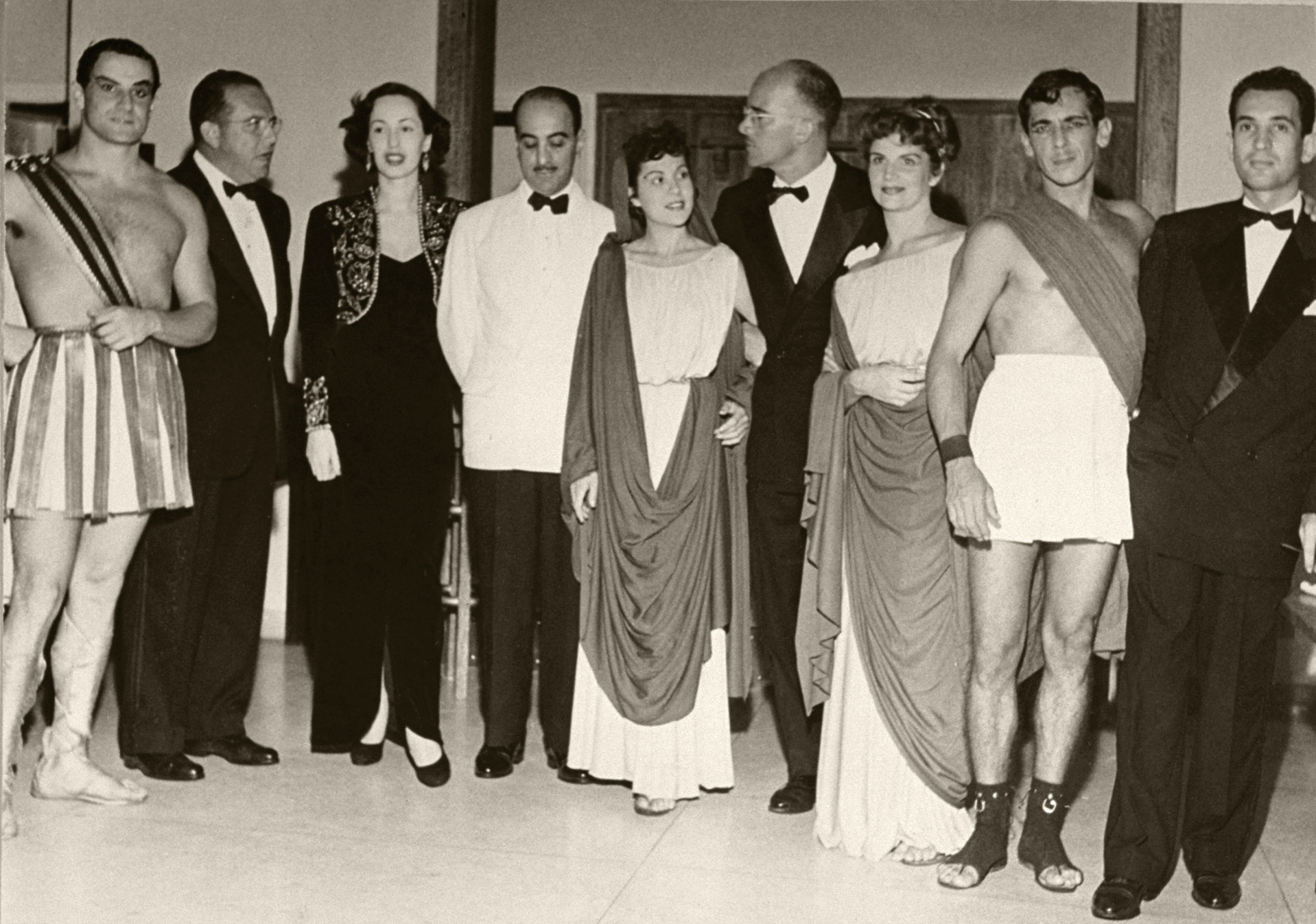
Performance of the play Um deus dormiu lá em casa at Roberto Marinho’s residence in Cosme Velho. Paulo Autran, Guilherme Figueiredo, Stella Marinho, Roberto Marinho, Carlos Thiré, Tônia Carrero and Armando Couto, 1949.
Revista Rio (Acervo Roberto Marinho / TV Globo)
